
Greetings Friends,
This monthly newsletter (No. 33) includes; Calendar and Bird Walk, Lee Point/Binybara update, old-growth trees, plants and wildlife.
1.0 Calendar and Bird Walk
The Friends of Lee Point 2024 calendar went on sale this month at Sunday’s Nightcliff markets.
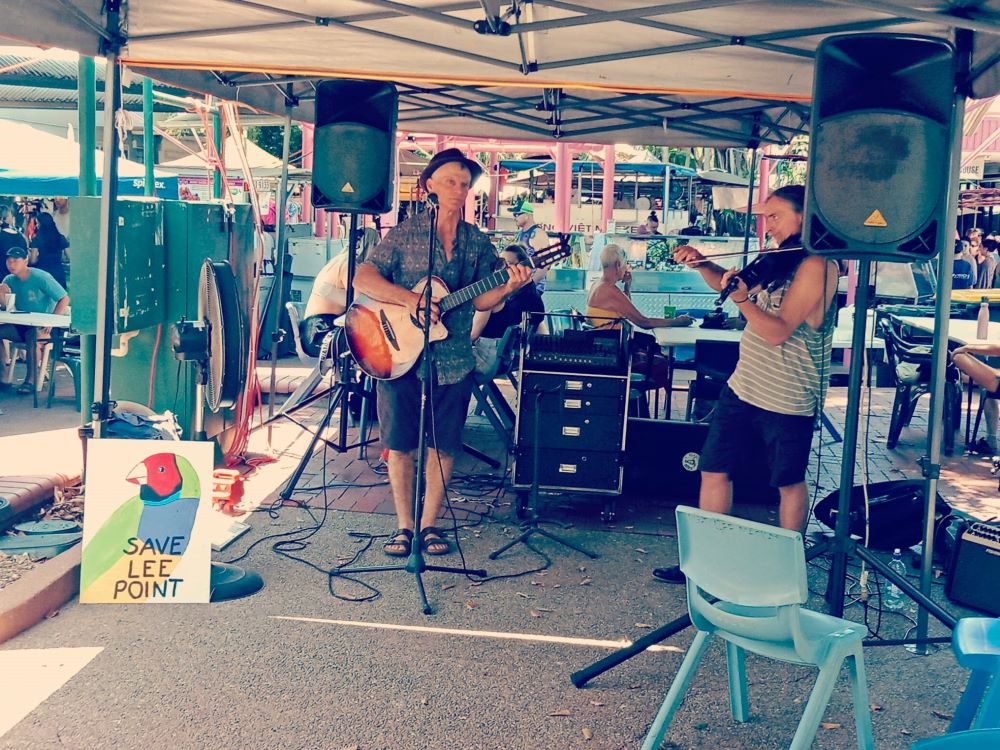
Band at Sunday’s Nightcliff Markets
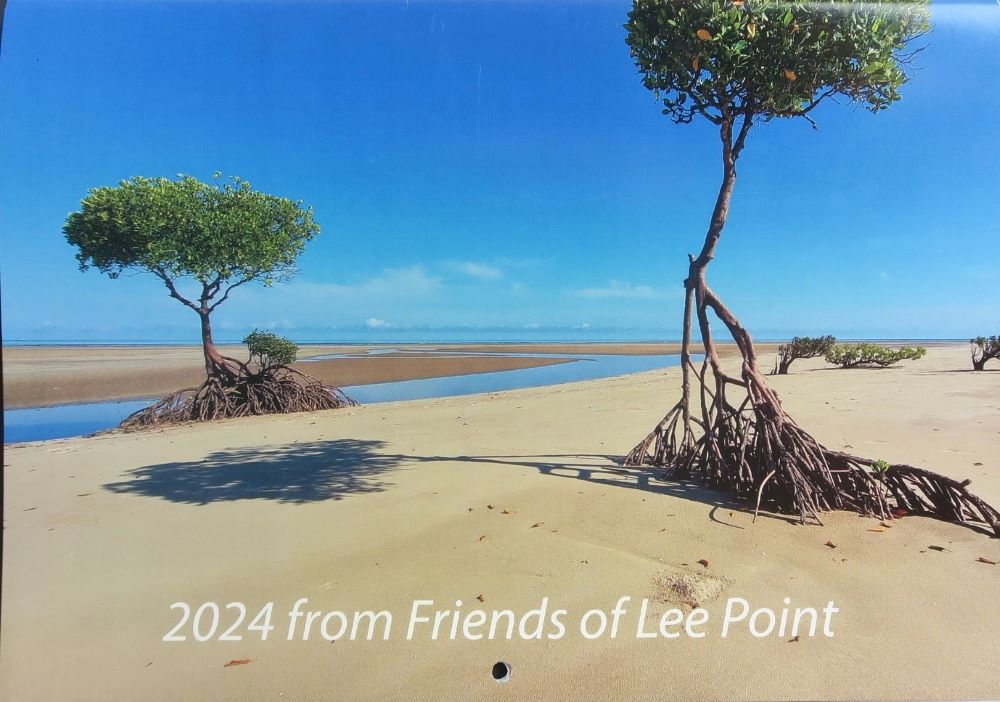
Bird and Nature Walk – was held at 5pm Saturday 18 November and over 30 bird species were seen. Sam Duffy took photos of some of the birds while we were there. An unusual sighting was a dozen Little Black Cormorants at the dam. For the latest bird sightings in this area – see ebird.
2.0 Lee Point/Binybara update
This month FLP provided submissions to;
-
- the Development Consent Authority (DCA) on a development permit extension and
-
- the (independent) representative for federal government preparing the Cultural Heritage report
DCA has decided to extend the DHA development permit (includes Stage 2) for a further 2 years to 20 October 2025… read decision here . One reason given was that the Lee Point Area Plan and Planning Principles had remained largely unchanged.
FLP don’t believe the development permit should have been extended while cultural heritage consultations are still being undertaken (see below) and other factors, read FLP notes from the DCA meeting.
This is the first time the public has been permitted to speak at a DCA meeting on development permits since 2015.

Cultural Heritage report – the federal environment minister (Tanya Plibersek MP) received an application from Mr Kevin “Tibby” Quall on behalf of the Danggalbala clan for the long term protection of the area within the DHA project area (not including Stage 1). FLP provided a brief submission supporting the application. Submissions closed 24 November. A Cultural Heritage report is to be provided to the Minister for the Environment based on the application and submissions received.
Where are the DHA reports? – DHA housing projects are underwritten by the Australian taxpayer for the benefit of the taxpayer. To date DHA have not made reports available to explain why DHA chose Lee Point as the location for their housing project. Please send a letter to Minister Matt Thistlethwaite MP (minister directly responsible for DHA) asking for the reports – Take Action
2023 Young Territorian Author Awards – Winners were announced this month. One of the winners, Dela Jones, wrote about saving Gouldian Finch habitat at Lee Point – it has a happy ending.
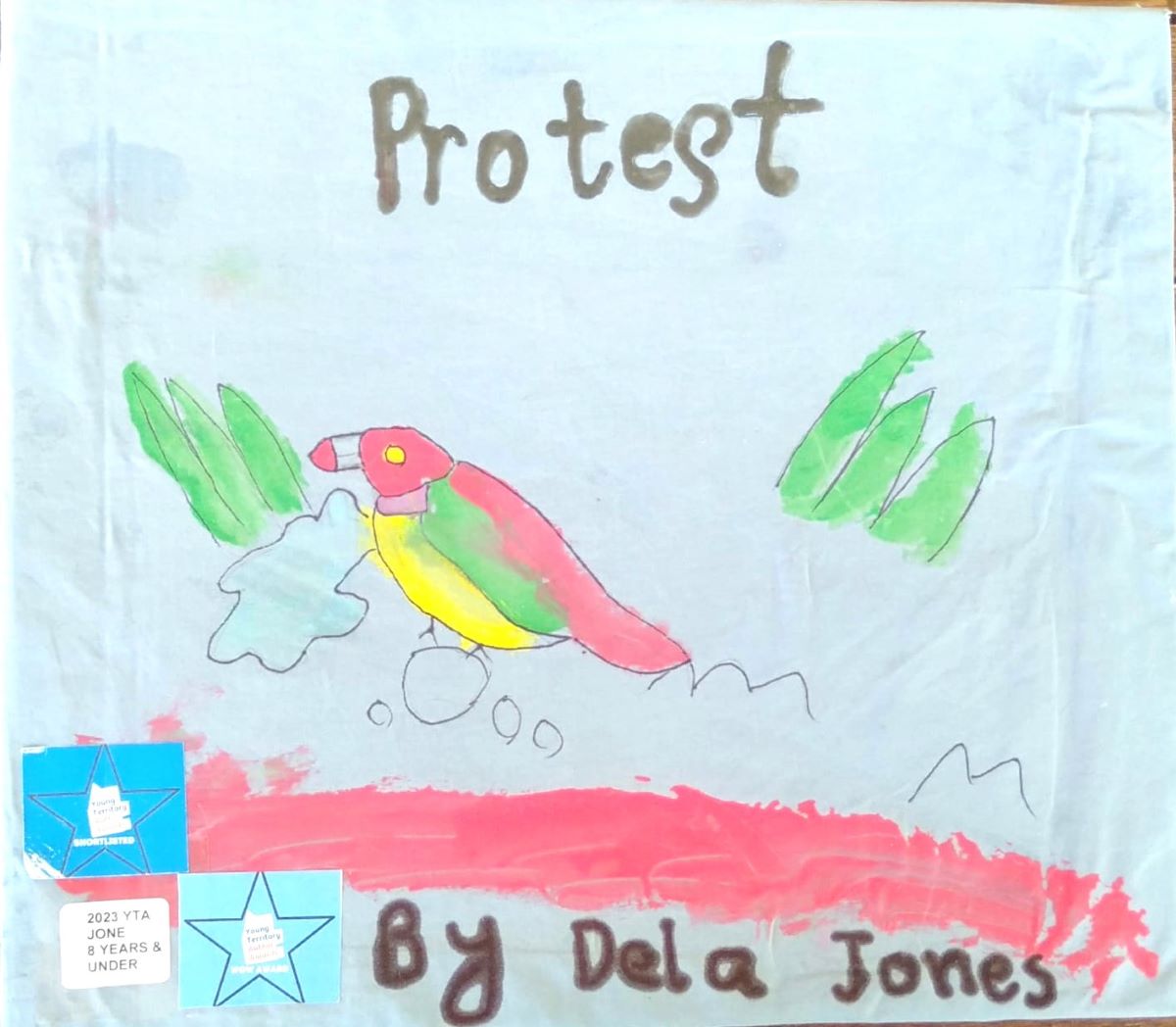
3.0 Old-growth forests (part 1 of 2)
Trees as the biggest plants on the planet, give us oxygen, store carbon, stabilise the soil, provide materials for shelter and give life to the world’s wildlife.
Old-growth forests tend to have large trees and standing dead trees, multilayered canopies and coarse woody debris on the forest floor. They provide diverse habitats that promote biodiversity in plants, fungi and animals.
In Darwin, an old-growth savanna tree (with tree hollows) is likely to be 150-400 years old with a diameter ranging from 35 to 75cm (growth rate of approximately 2mm per year).
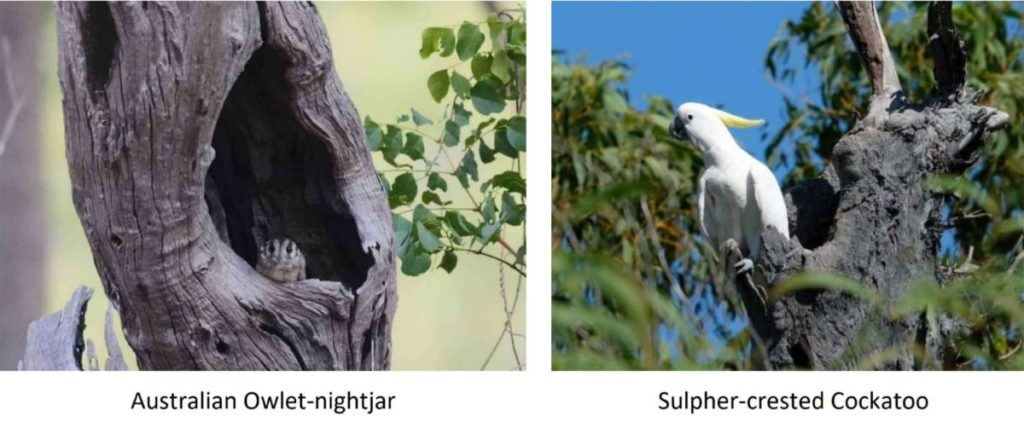
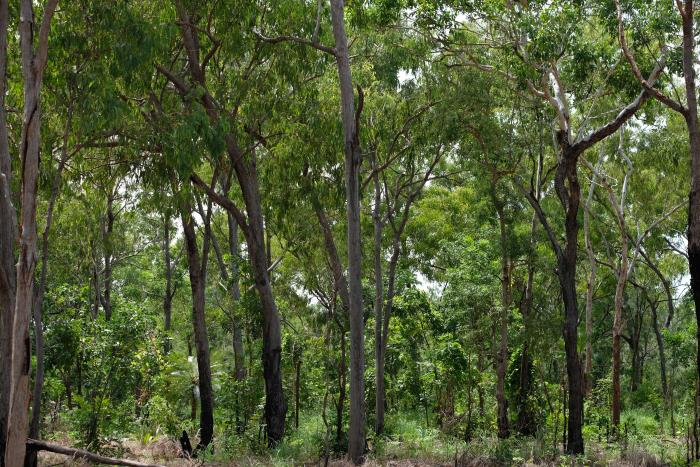
Old-growth forest (savanna habitat) in the wet season at the Lee Point Biodiversity Corridor with wildlife using tree hollows.
The Lee Point Biodiversity Corridor has significant areas of old-growth forest and is one of the richest biodiversity areas in the Territory based on bird species. It has recorded approx. 75% of the number of bird species that Kakadu National Park (19,000 sq km), and has many different habitats, see photos. It is also an important part of the Darwin Wildlife Corridor (see below) that consists of connected savanna habitat.

The Darwin Wildlife Corridor shown in green
Parts of the Darwin Wildlife Corridor (28 sq km) have been encroached on by development/mining, however, it is still mostly intact allowing species to move to other areas to find food and avoid threats eg. predators, fire. Having a connected savanna habitat to the rural area promotes biodiversity and resilience of species.
Based on Birdlife data; the Darwin Wildlife Corridor has more bird species than Kakadu National Park – making Darwin a “City of Birds”.
4.0 Quiz
Q1. Binybara bush food – name the two plants below.
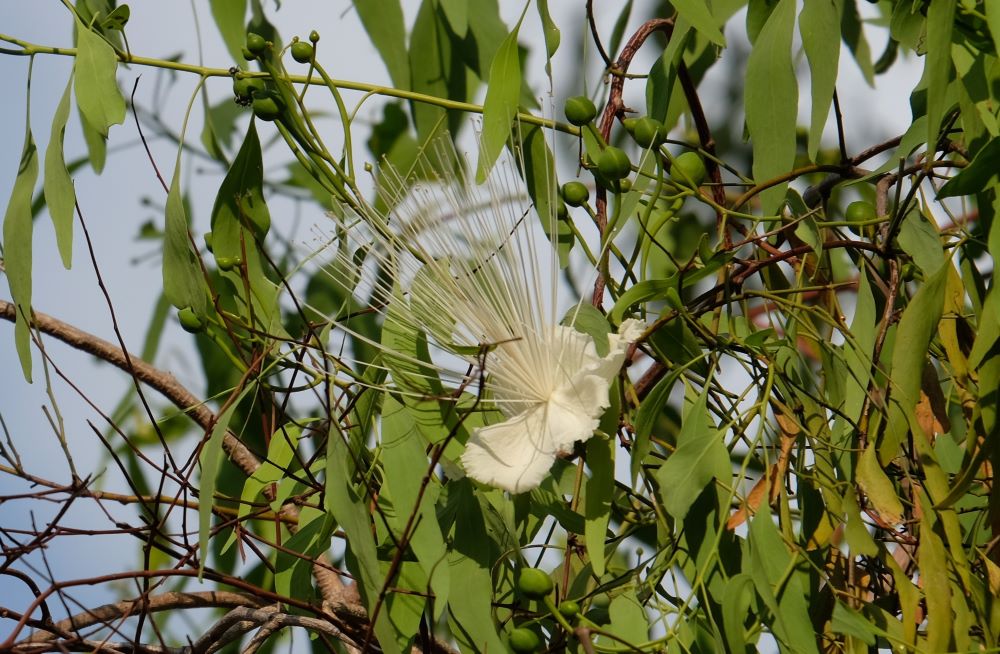
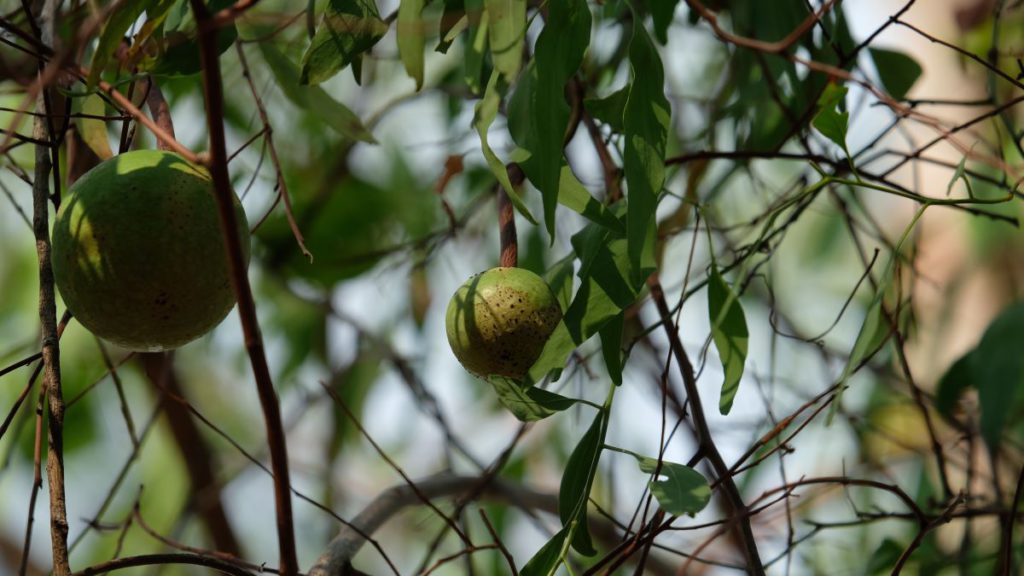
Plant 1
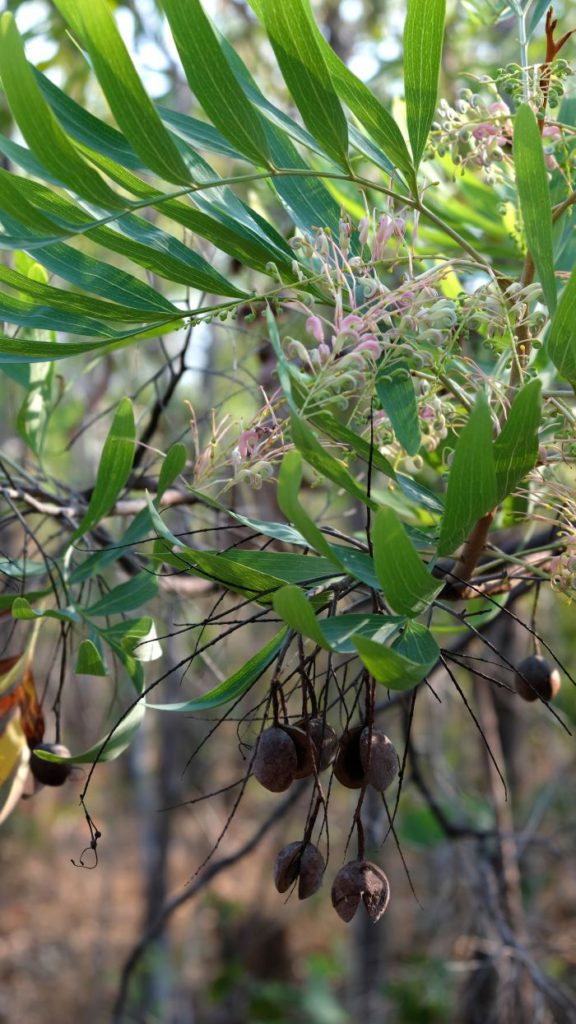
Plant 2
5.0 Plants and wildlife at Lee Point/Binybara
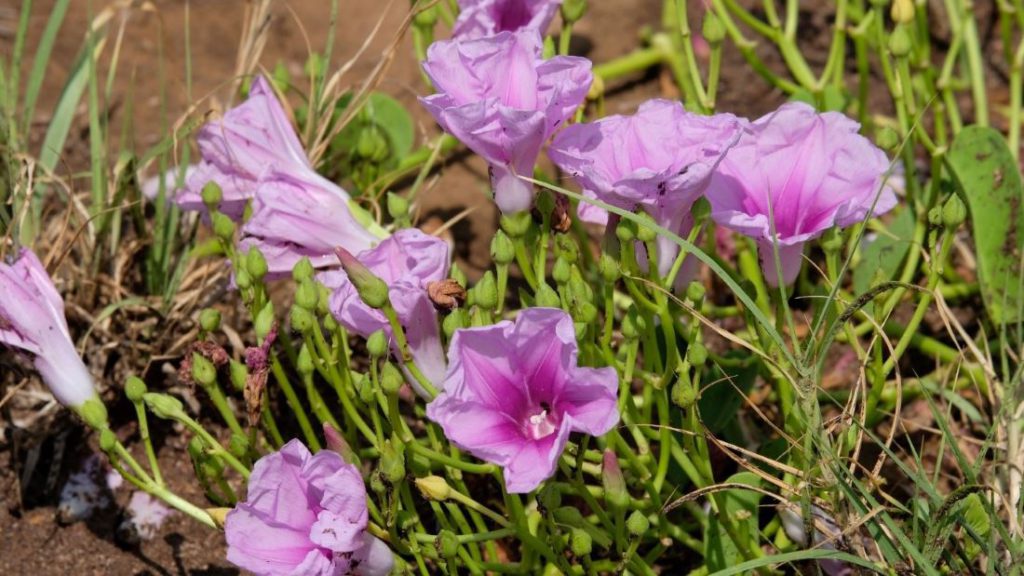
Ipomea growing on dunes near Sandy Creek
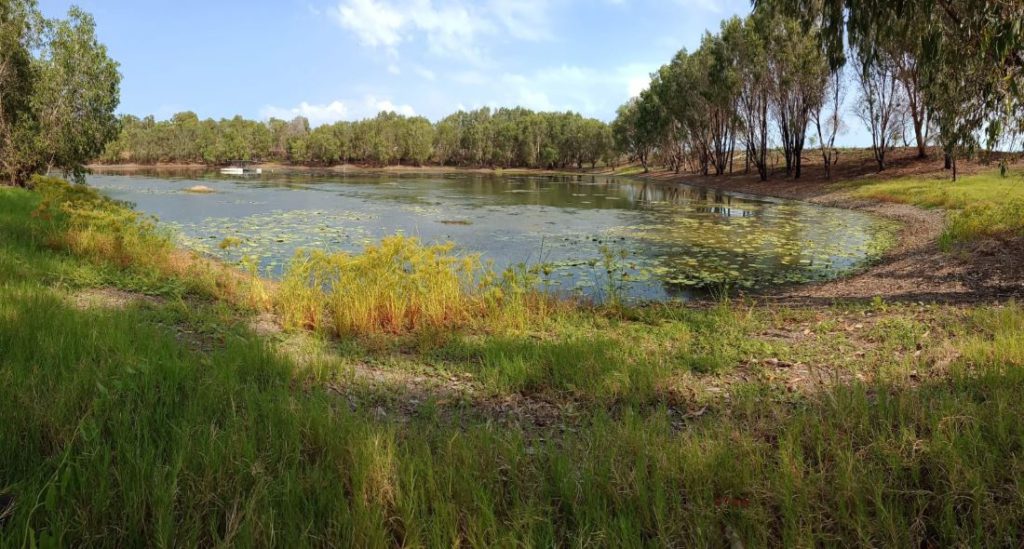
Sedges on the edge of Lee Point Dam
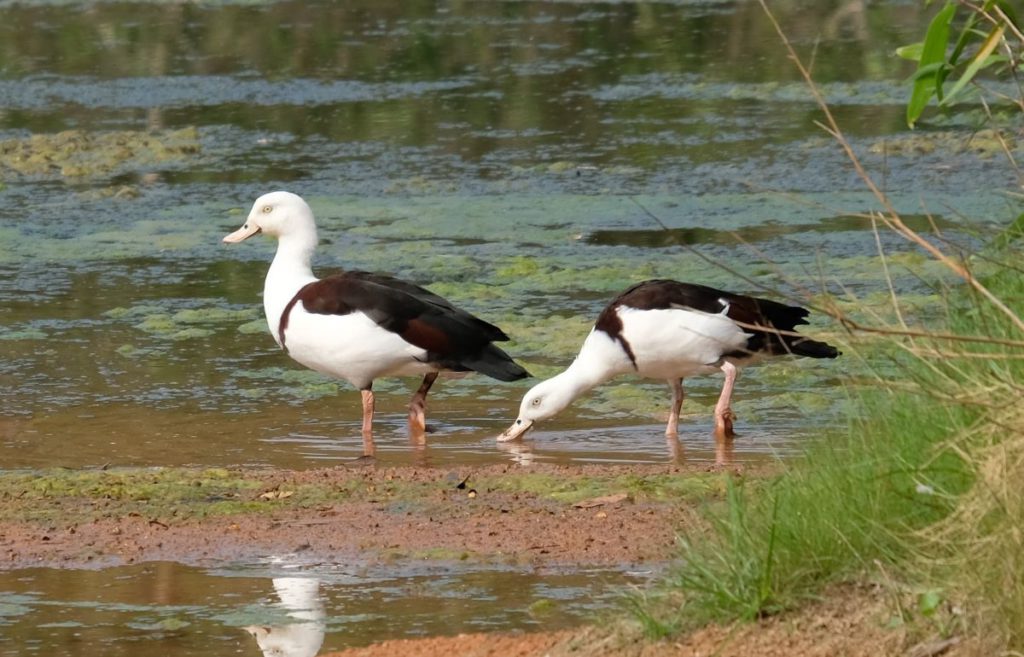
Radjah Shelducks
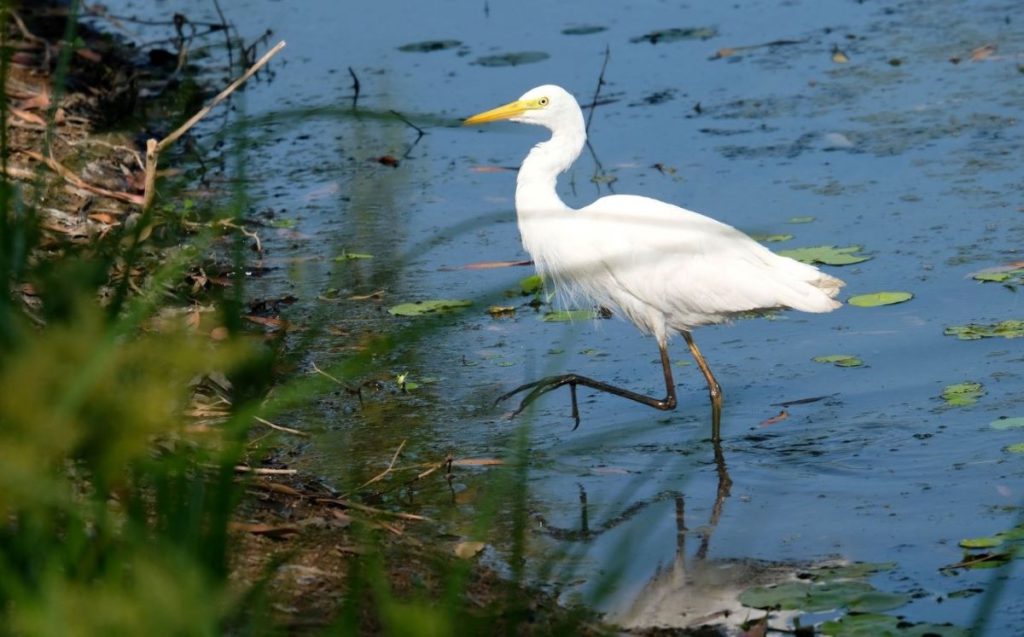
Intermediate Egret
Watch a Northern Fantail build a nest, its hard work – https://fb.watch/orGdFAWivd/
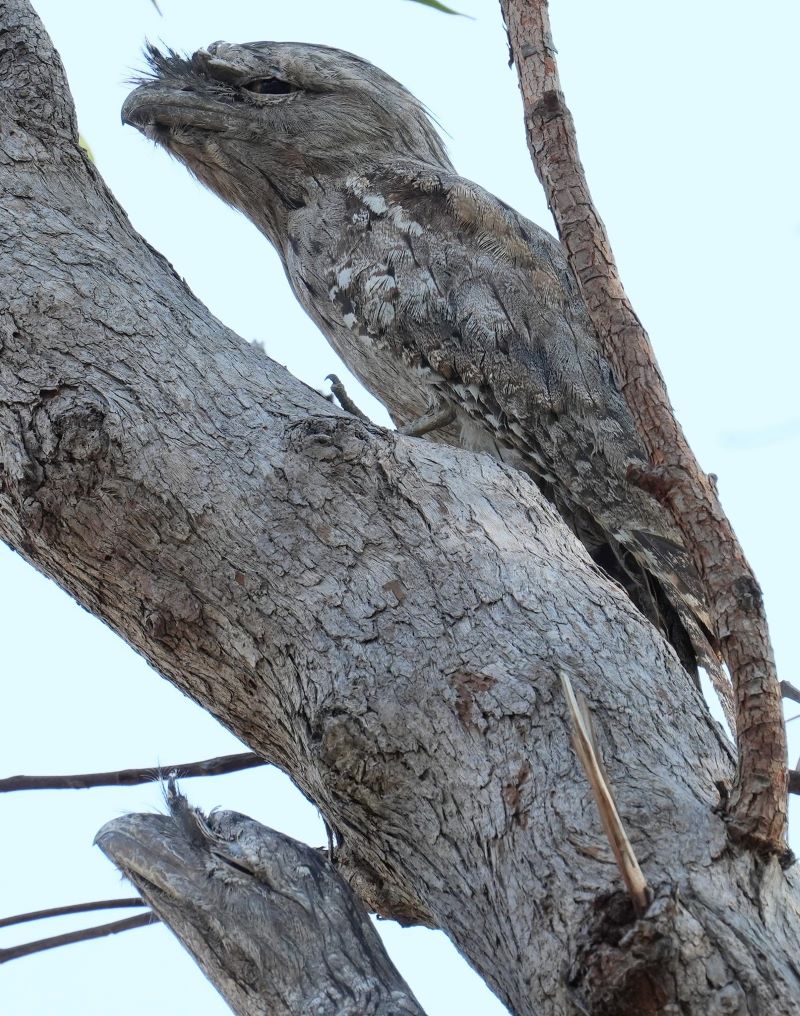
Tawny Frogmouths – photo by Sam Duffy
Until next time enjoy the build-up season storms at Lee Point/Binybara
Answers to Quiz
Plant 1 – Wild Orange (Capparis umbonata) has showy white flowers with fruit that can be eaten. It is related to the Capers Bush (Capparis spinosa), best known for its edible flower buds (capers) that get used for seasoning or as a garnish.
Plant 2 – Clothes Peg Tree (Grevillea decurrens) has fruit that looks like clothes pegs. The fruit contains edible seeds.